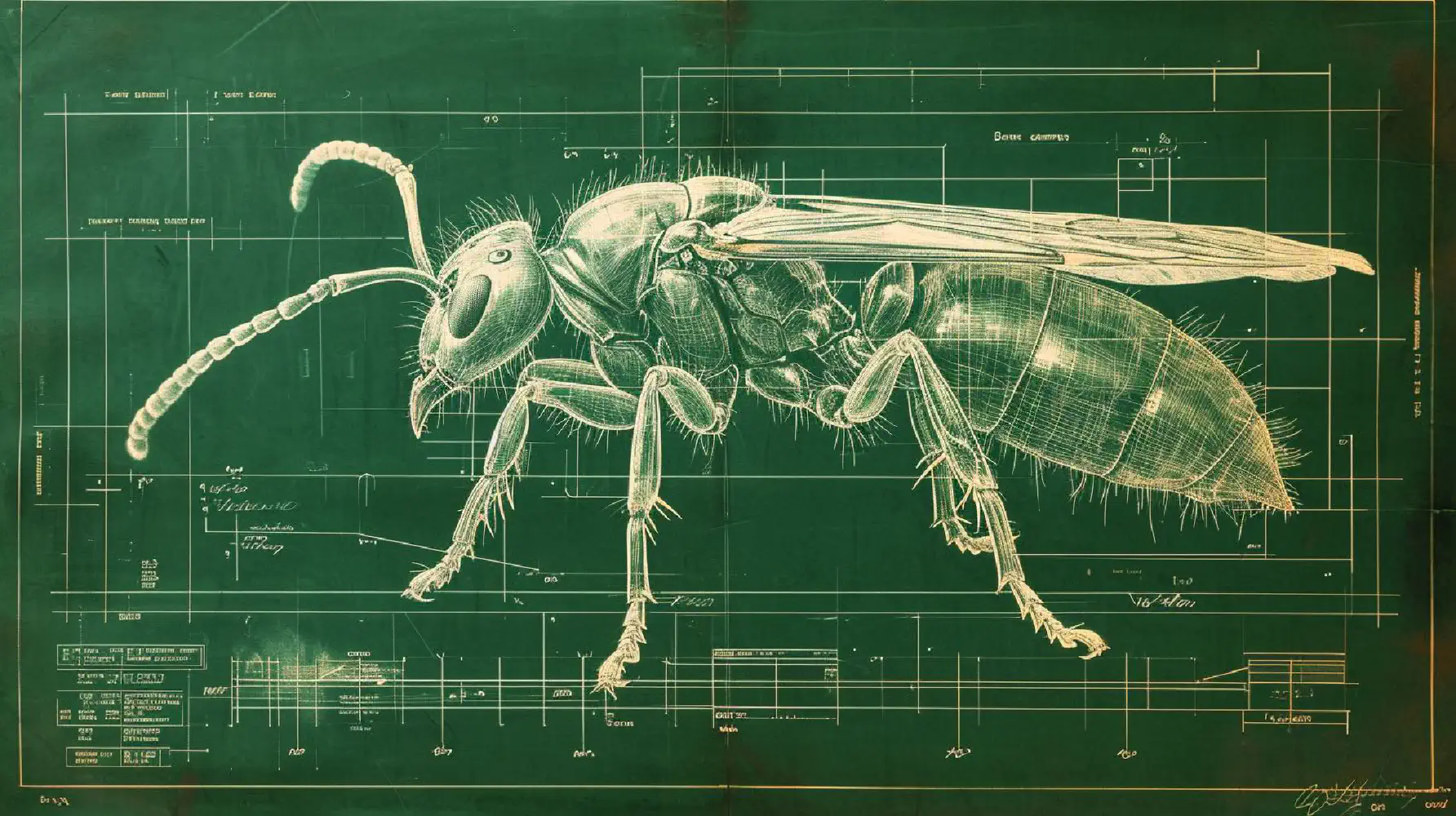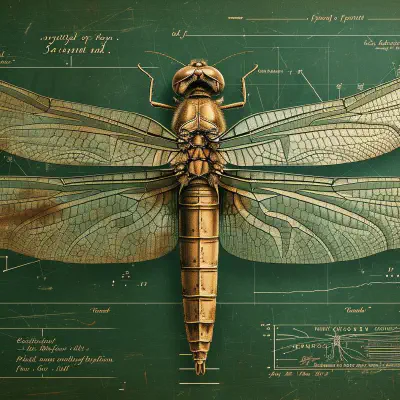About us
Small Beings is an initiative that was founded by Jörn and Patrick. It is part of our content offering from beyond content.
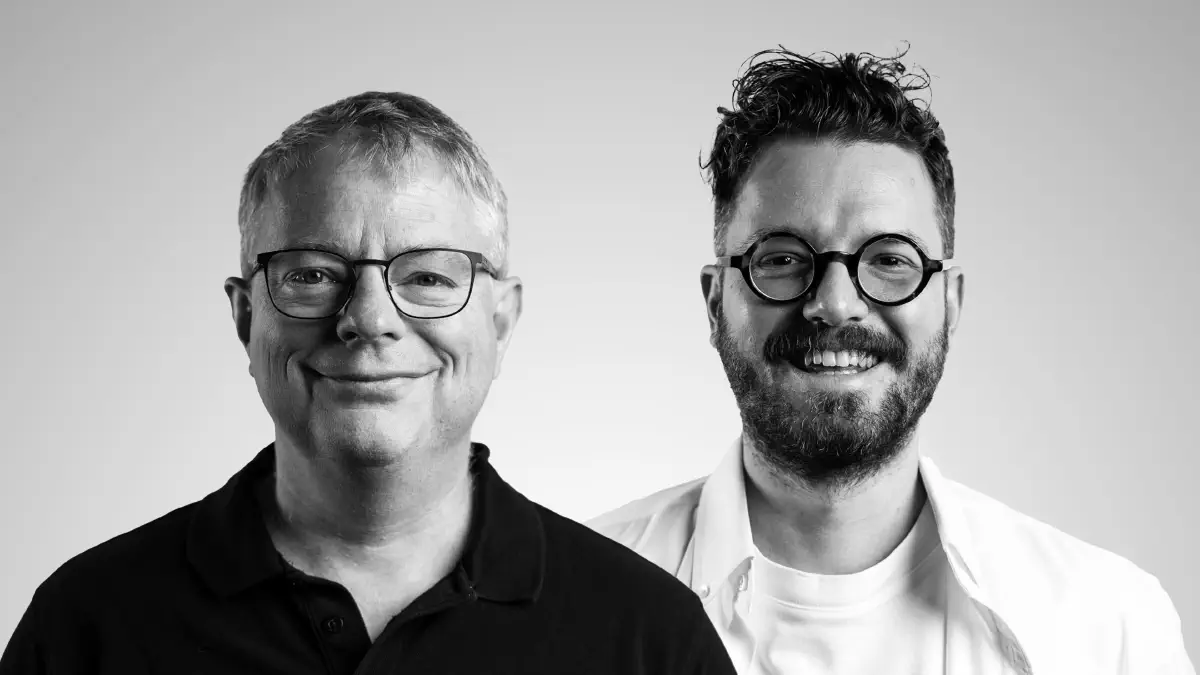
Our images are meant for you
So here’s a quick note up front: Of course you can download images you find on www.kleine-wesen.org, use them as wallpaper, hang them on your wall or send them to friends. You can even edit them and incorporate them into your own projects – as long as it remains non-commercial. Just one thing is important: Please always credit our website or Jörn Paessler as the creator when sharing and link to the CC BY-NC-SA 4.0 license. If you modify an image and share it, it must be distributed under the same license. If you’re interested in commercial use of our images – as material for presentations, publications or other business projects – please contact us in good time.
Our story
The story of “Small Beings” begins with Jörn, who discovered his passion for macro photography due to the restrictions of the coronavirus pandemic. From 2020 onwards, he slowly swapped his interest in architecture and vast landscapes for the unknown world right on his doorstep. In the process, Jörn developed a deep fascination for the tiny but impressive creatures that live right around us. A first realization: fascinating things are sometimes so close.
Jörn’s journey into macro photography was not just a technical challenge; it became an emotional experience. With his Sony 𝛂7R v in hand, Jörn soon wanted not only to capture the sharp details of insect eyes, but to create expressive compositions that would carry and convey a story. The reactions of friends and family to Jörn’s pictures were mixed and ranged from fascination (”Look at those filigree compound eyes; simply incredible!”) to reserved skepticism (”Oh no, not another one of those gross bugs”).
Difficulties in identifying the species quickly led Jörn to citizen science projects and other scientific resources. Reading Dave Goulson’s “Silent Earth” deepened Jörn’s understanding of the acute loss of biodiversity. Working with Patrick Gebhardt, the project “Small Beings” was born.
Jörn developed a process to turn a one-off encounter into a “sighting” and an image into a story. The core of his work, as you can see in more detail below, was divided into 3 main phases: the careful sighting and recording of the small creatures, the identification of the species using iNaturalist.org, and finally the publication of the discoveries, often using wikipedia.org as the source of information.
However, rather than creating an illustrated encyclopedia, Patrick’s mission is to give the little creatures an individual voice. In the collaboration, Patrick focuses on bringing the unknown into the spotlight through personal and touching narratives. Patrick believes that compassion and protection are only possible through understanding. Even if we don’t know exactly what goes on inside small creatures, we can assume that there are feelings and possibly even consciousness.
With an impressive mix of artistic photography, touching stories, and sound scientific information, this initiative perfectly complements the beyond content portfolio. It emphasizes the need for healthy biodiversity and dedicated arthropod conservation — as a solid foundation for a world worth living in.
Jörn Paessler
A passionate environmentalist and gifted photographer. Jörn has discovered his love of macro photography in recent years and uses it to show the beauty and impact of small creatures. With his camera at the ready, he explores nature to catch the fascinating stories of its smallest inhabitants. It is Jörn’s mission to use visual and narrative content to raise awareness of environmental protection and inspire action. In addition to the “Little Beings” project, you can read, hear, and see a lot from Jörn through his work at beyond content, where, together with his team, he shares stories for a world worth living in.
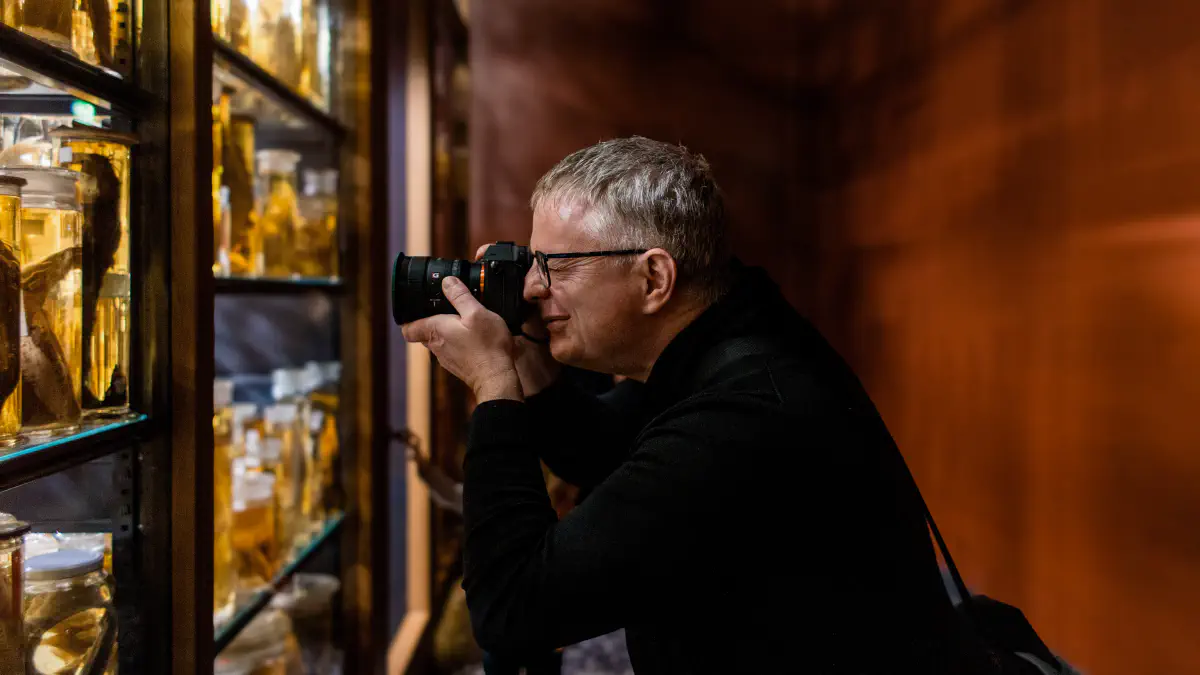
Patrick Gebhardt
A copywriter and press consultant with a passion for climate activism. Patrick supports the project with words that emphasize the importance and beauty of the small beings that Jörn captures. Together they form a creative team that aims to achieve a positive change in environmental awareness through their work. With his work, Patrick wants to show what hidden, unknown worlds lie behind what we think we know.
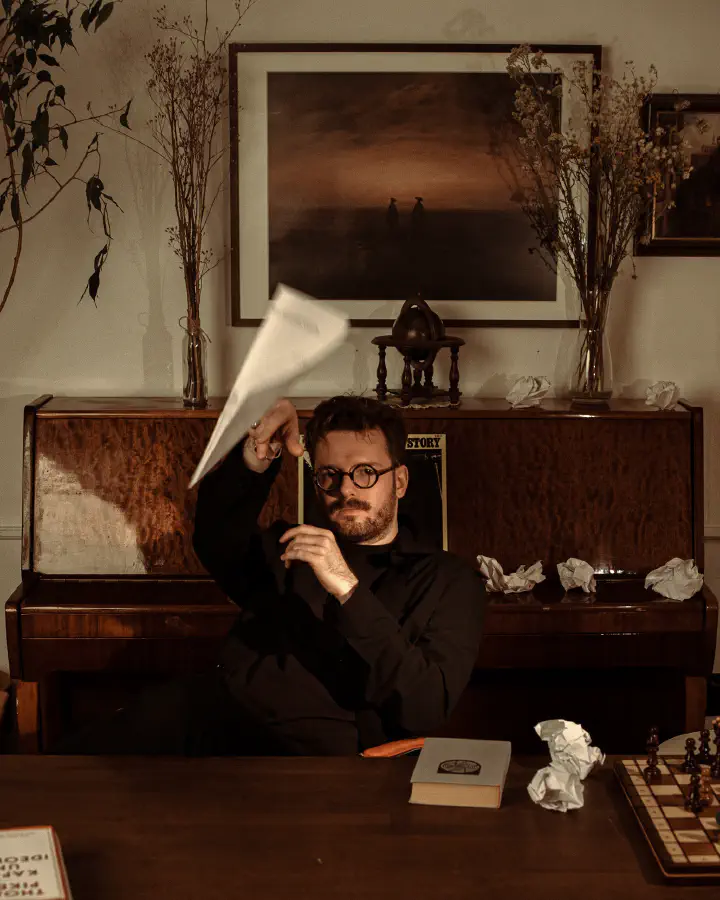
Steps from sighting to publication on small-beings.org
1. Sighting and photography
Imaging
After the trigger has been pressed
%%{ init: { 'theme': 'base', 'themeVariables': { 'primaryColor': '#83a09c', 'primaryTextColor': '#212d2b', 'primaryBorderColor': '#fff', 'lineColor': '#fff', 'secondaryColor': '#83a09c', 'secondaryTextColor': '#ffffff', 'tertiaryColor': '#fff' } } }%% flowchart TD sony(Camera Sony 𝛂7R v) sony-->foto((RAW-Photo)) foto-->lr(Adobe Lightroom) lr-.-Photo-stack-.->PS(Adobe Photoshop) PS-.-Stacking-.->lr lr---edit(Editing) lr---rate(Rating) lr---kat(Categorization) lr---kw(Keywording) lr====>export((JPG-export))2. Determination of the sighting
Taxonomy
Which animal species, family and genus is it?
%%{ init: { 'theme': 'base', 'themeVariables': { 'primaryColor': '#83a09c', 'primaryTextColor': '#212d2b', 'primaryBorderColor': '#fff', 'lineColor': '#fff', 'secondaryColor': '#83a09c', 'secondaryTextColor': '#ffffff', 'tertiaryColor': '#fff' } } }%% flowchart TD export((JPG see #1)) export---Upload-->inat(iNaturalist.org) Upload-.->g("(optional)\nGoogle Image Search") g-.->inat inat-.-vorschlag["Proposal for taxonomy"]-.->Community Community-.-Gegenvorschlag-.->vorschlag Community-.-Consent-.->id((Identification of species))3. Publish sighting
IT
How to get a new sighting on small-beings.org
%%{ init: { 'theme': 'base', 'themeVariables': { 'primaryColor': '#83a09c', 'primaryTextColor': '#212d2b', 'primaryBorderColor': '#fff', 'lineColor': '#fff', 'secondaryColor': '#83a09c', 'secondaryTextColor': '#ffffff', 'tertiaryColor': '#fff' } } }%% flowchart TD db(("Database")) lr(Lightroom export)==>db in("Identification from iNaturalist.org (API)")-->db wp("Artikel from wikipedia.org (API)")-->db wp-->gpt("Article summary via ChatGPT (API)") gpt-->db db==>dv("Data processing (Python)") dv-->hugo("Hugo Static Site Generator")-->Webpage Webpage==>git("Version control gitlab.com") git==>r("Website build and hosting on render.com")
